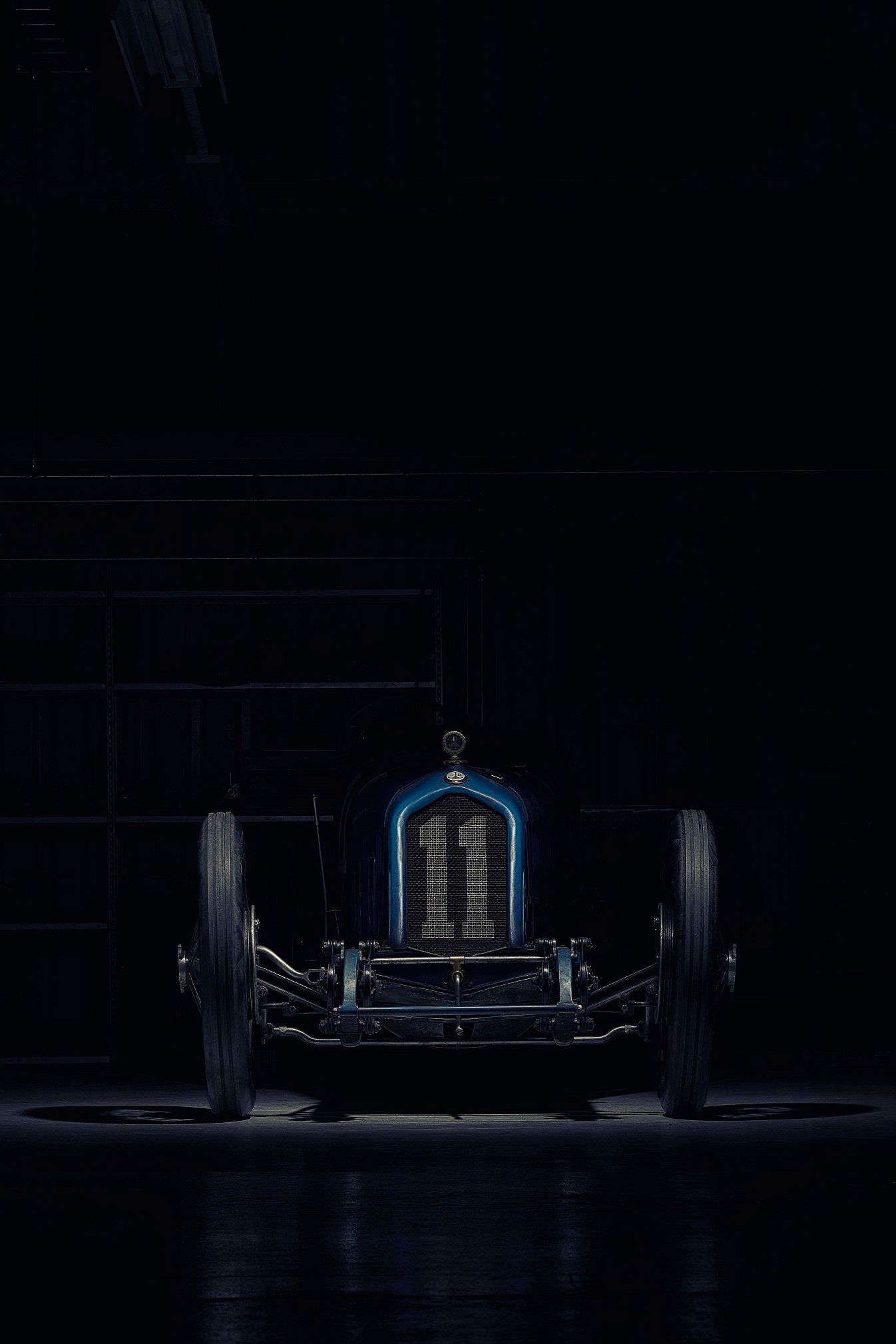Ballot 3/8 LC: The French Car That Won The First Italian Grand Prix
Images: Makarand Baokar
Acknowledged as one of the greatest automotive marques that the world does not know of, Etablissement Ballot was founded by Ernest Ballot in 1911, manufacturing automobile and marine engines. Ballot soon built a very fine reputation for engines of all kinds and contributed to the war effort from 1914 to 1918. The former French Navy mechanic used the anchor as his company’s emblem, as a tribute to his formative years.

With a background in manufacturing a variety of engines for all kinds of uses, including tractors, motorboats, motorcycles, and stationary engines, by 1919, Ballot was ready to make racing cars.

Famous for developing Peugeot’s all-conquering racing engine from before the War, Ernest Henry had designed an eight-cylinder Grand Prix car during the War years. When Henry’s designs were presented to Ernest Ballot, he immediately took the decision to fund the development of this racer.

A small team of engineers and technicians, led by Ernest Henry, developed four Ballot racing machines in the greatest of secrecy in a record 104 days, ready just in time to be shipped out to the United States, for the 1919 Indianapolis 500 Miles race.

French racing legend René Thomas, the man who had convinced Ernest Ballot to go racing in the first place by introducing Henry to Ballot, was one of four well-known racers selected to race.

He would race the 4.8-litre eight-cylinder Ballot, the 5/8 LC, at the Indianapolis track. The other racing giants who were to line up alongside Thomas in Ballots included Albert Guyot, Paul Bablot and Louis Wagner.

Despite the fact that the Ballots were the faster cars by far, reliability issues and tyre problems put paid to all hopes, and the best placed 5/8 LC was the one that Albert Guyot took to fourth overall. The race, ironically, was won by a pre-War Peugeot, which had been designed by Ernest Henry some seven years earlier.

For the 1920 Indianapolis 500 Miles race, the rules changed, and the maximum size allowed for engine capacity was brought down from 300 cubic inches (4916cc) to 180 (2959cc). Ernest Ballot decided to ready four brand new racing cars once again, with Ernest Henry engineering these masterpieces.

The 3-litre racer, the 3/8 LC, featured an innovative and brilliant engine, featuring DOHC and four valves per cylinder, taking features from Ernest Henry’s earlier designs, dating back to 1912.

For the 1920 edition of the Indianapolis 500, Ballot was back with three cars, one for Thomas once again, the other for French veteran Jean Chassagne. The third was for American star Ralph DePalma, who held a two-lap lead until the 187th lap when his car stalled. DePalma eventually finished fifth, and Chassagne seventh, with Thomas getting the best result for Ballot, a remarkable second, despite a spectacular accident during qualifications.

Once again, the Ballots were the fastest cars at Indy. However, thanks to a better race strategy, the Gaston Chevrolet (of the Chevrolet brothers fame) team Frontenac took the honours.

The first important race in Europe after the end of World War I was the 1921 French Grand Prix, held on 25 July 1921. It was France versus the United States, as Ballot fielded four cars (three 3/8 LCs and a brand new 2-litre 2LS) against the American Duesenbergs.

The battle was close, but eventually Jimmy Murphy’s Duesenberg managed to reach the end, just ahead of Ralph DePalma’s Ballot 3/8 LC. Jules Goux’s Ballot 2LS finished a creditable third, ahead of several bigger eight-cylinder cars, and Wagner came in at seventh (Chassagne had retired with a holed fuel tank).

It was on 4 September 1921, exactly a hundred years ago that a Ballot finally won at a top-level race. It was the first, and very prestigious Italian Grand Prix, with Jules Goux, at an average speed of 144 km/h. A second Ballot, driven by Jean Chassagne, finished second.

The car featured here is that race winning Ballot, chassis # 1006, which survived the next hundred years despite a chequered racing career in the hands of legends such as Goux, Sir Malcolm Campbell, “Bentley boy” Jack Dunfee and Australian speed queen Joan Richmond.

Now in the ownership of Austrian enthusiast Alexander Schaufler, this Ballot starred at the 100th anniversary celebration of the first ever concours d’elegance, the Concours d’Elegance de Dinard, on 4th September 2021, exactly a hundred years, to the date, when the car won the Italian race.
Comments
Sign in or become a deRivaz & Ives member to join the conversation.
Just enter your email below to get a log in link.
